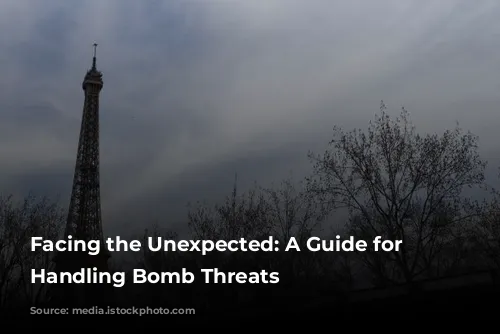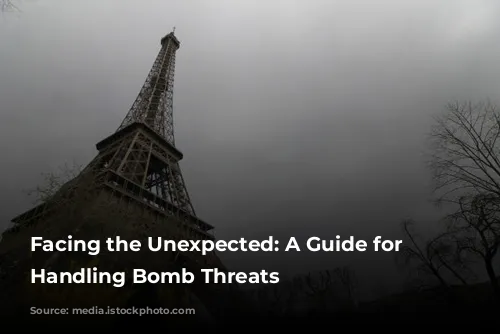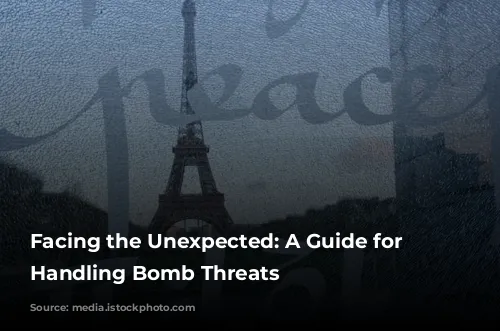Imagine this: You’re an air traffic controller, guiding aircraft through the sky. Suddenly, a chilling message crackles over the radio: a bomb threat. Your heart races, adrenaline surges, but you must stay calm. This is a situation where every second counts, and your actions can make a difference. This article provides guidance for controllers on what to expect and how to respond to a bomb threat.
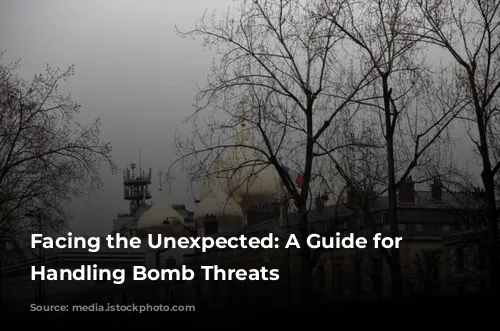
Understanding the Challenges
A bomb threat on an aircraft is a stressful scenario for everyone involved, especially the flight crew. While bomb threats are thankfully rare, every single one must be treated as a real threat. The safety of passengers, crew, and the surrounding environment are paramount.
Controllers should anticipate various difficulties that might arise, including:
- Increased workload in the cockpit: The flight crew faces a massive burden. They need to assess the situation, decide how to proceed, and communicate with the ground.
- High stress levels: It’s natural for the crew to experience extreme stress under these circumstances. They may appear calm, but their emotions are running high.
- Communication challenges: The usual calm and clear communication between pilots and controllers could be affected due to the crew’s emotional state.
- Emergency evacuation: The flight crew might decide to evacuate the aircraft immediately upon landing.
- Bomb relocation: If a suspicious package is identified, the captain might decide to move it to a designated safe location.

Anticipating Pilot Requests
Pilots under a bomb threat often request specific actions from ATC to ensure the safety of the aircraft and passengers. These requests can include:
- Altering altitude: Pilots may request to stop climbing or descending, depending on the situation.
- Flight level changes: They might need to descend to a lower flight level for safety reasons.
- Aerodrome information: They’ll want detailed information about the landing airport, such as runway length, surface, elevation, and approach aids.
- Addressing threats on board: In extreme cases, the bomb threat might be communicated by passengers. This usually involves unruly or intoxicated passengers who need to be subdued and addressed by law enforcement and medical personnel upon landing.
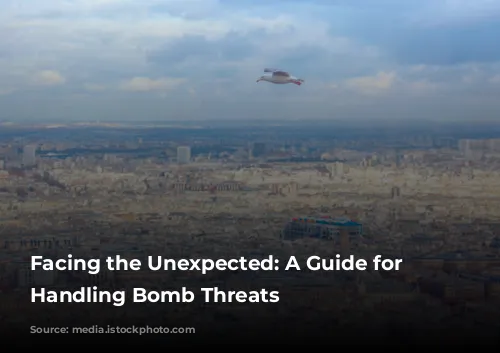
Guiding the Landing Process
As a tower or approach controller, be prepared for some unusual actions by the threatened aircraft:
- Early landing configuration: The crew might adopt landing configuration earlier than usual.
- Extended final approach: They might request a longer than usual final approach to ensure a smooth landing.
- Avoiding missed approaches: Don’t cause a missed approach due to ATC reasons.
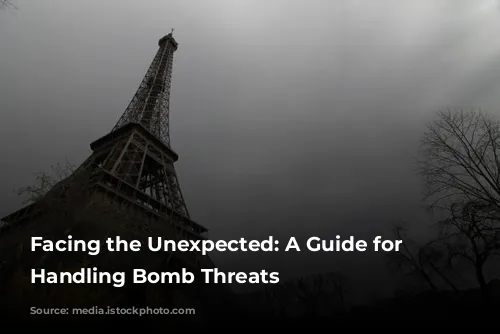
The ASSIST Principle
The ASSIST principle is a valuable framework for responding to bomb threats:
- Acknowledge: Acknowledge the bomb warning, ask for the crew’s intentions, and provide information about suitable landing airports.
- Separate: Separate the aircraft from other traffic, prioritize it for landing, and keep the runway clear.
- Silence: Silence non-urgent communications and use a separate frequency if necessary.
- Inform: Inform your supervisor, other sectors/units, airport emergency services, and other relevant parties.
- Support: Provide all necessary information to the crew, such as approach details, runway length, and any additional aerodrome information.
- Time: Give the crew time to assess the situation and make decisions. Don’t pressure them with non-urgent matters.
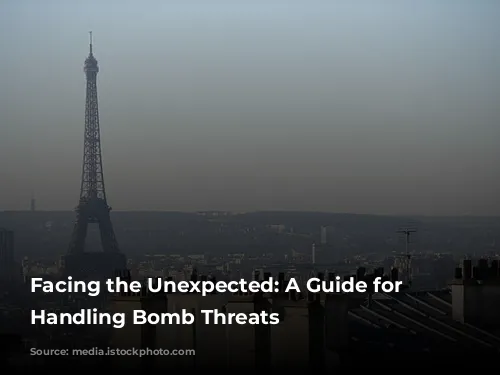
Mitigating the Impact
To minimize the risks associated with bomb threats, follow these additional guidelines:
- Clear airspace: Clear the airspace around the threatened aircraft, providing adequate horizontal and vertical separation from other traffic.
- Avoid populated areas: Vector the aircraft away from populated areas, unless doing so delays its arrival at a suitable airport.
- Request flying time: Ask for an estimated flight time to coordinate with other agencies.
- Prepare for evacuation: If you’re the tower controller, prepare for a possible immediate evacuation after landing. This includes:
- Clearing the runway of all departures, arrivals, and vehicles.
- Keeping the safety strip clear of vehicles.
- Planning for potential runway blockage.
- Delaying start-up clearances for any pending traffic.
- Arranging for additional stairs to expedite passenger disembarkation.
- Organizing towing equipment to move the aircraft to a secure location.
- Positioning the aircraft away from buildings and other aircraft.
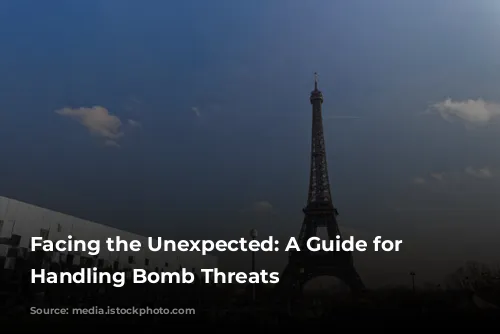
Responding to Bomb Threat Calls
If you receive a call about a bomb threat, a calm and professional response is crucial. The caller may be willing to provide additional information if they want to prevent injuries or deaths.
Here’s how to handle such calls:
- Keep the caller on the line: Stay on the line as long as possible and ask them to repeat their message. Record every word spoken.
- Verify the flight number: Double-check the flight number of the threatened aircraft.
- Gather information: Ask about the bomb’s location. Try to get information about the caller’s identity, such as their voice, race, gender, and any group affiliations.
- Listen for clues: Pay attention to any background noises that could help identify the caller’s location.

Following Up
Once the caller hangs up, take these immediate actions:
- Locate the flight: Determine the location of the flight and, if necessary, contact the appropriate ATC unit if the flight is under control of another unit.
- Inform the flight’s controller: Inform the controller who is handling the flight, sharing any practical information gathered from the caller.
- Report the threat: Follow local procedures to report the threat to your supervisor, the law enforcement agency, and the emergency response coordinator.
- Remain available: Law enforcement will likely want to interview you about the call.

Handling Unusual Situations
Controllers will face various unusual situations beyond bomb threats, such as weather avoidance or aircraft emergencies.
It’s essential for controllers to understand the flight deck procedures that aircrew use in such circumstances. Resources like EUROCONTROL’s “Guidelines for Controller Training in the Handling of Unusual/Emergency Situations” can provide valuable information.
Stay prepared, remain calm, and act swiftly. Your actions can make a difference in protecting lives and ensuring the safety of air travel.
